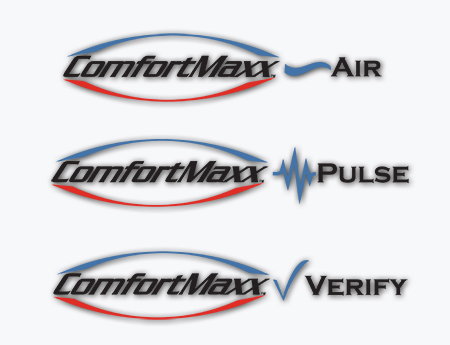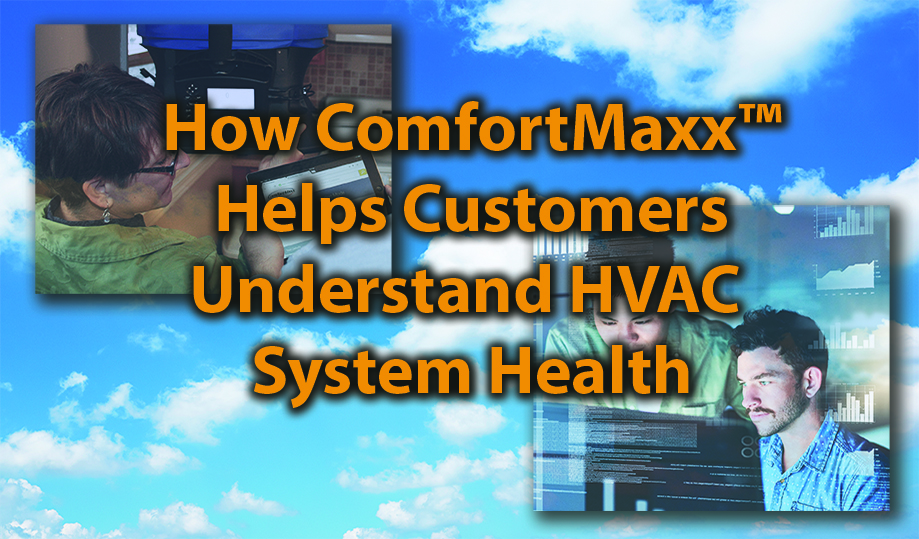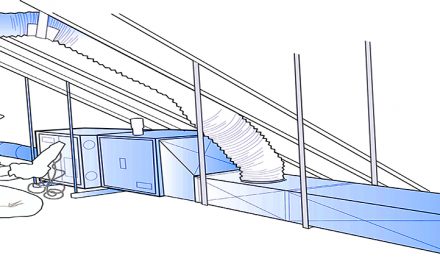Once the report is published on a tablet or printed, your customer can look at it and tell you what is wrong with their system. It’s that simple. They may also tell you what they would like done. Isn’t that a unique approach?
You gain third-party credibility because the software creates the system health report in an easy-to-understand format.
Your customer gains an understanding of their system that exceeds your competition. They now know how to make an informed decision because they understand what your measurements mean.
There are three levels of reporting from which to choose. If you only want to look at static pressure and airflow vital signs, a ComfortMaxx Air™ (ncilink.com/CMAir) report is perfect.

However, if you want to add temperature, you’ll need to use a ComfortMaxx Pulse™ (ncilink.com/CMPulse) report. It depends on the level of testing you want to provide.
You can also provide customers with the data-based assurance that the changes and upgrades made to their system deliver what you promised.
You can do this using ComfortMaxx Verify™ (ncilink.com/CMVerify). It adds airflow and temperatures from the supply registers and return grilles to create a total system performance score.
How ComfortMaxx Works
If you’re new to ComfortMaxx, it is cloud-based software. You’ll need a tablet or laptop and an internet connection to use it.
The testing process in ComfortMaxx follows a four-step approach to help you keep your customers’ information organized and easy to find in a secure cloud location. These four steps are:
- Customer
- Location
- System
- Test.
Your inputs begin with your customer. ComfortMaxx uses the cloud and organizes customer accounts as you do in other areas of your business. This includes details such as the customer’s name, address, and contact information.
Once you create a customer, you create a location (or multiple locations) for them. You probably have customers with multiple properties such as their home, office rental property, or vacation home. To accommodate this type of organization, ComfortMaxx matches locations up with the customer instead of separately.
By the way, because ComfortMaxx is cloud-based, the office can gather most of this information and input it into it when they set up the appointment. That way, your field techs only have to look for the customer and address in the ComfortMaxx app and proceed directly to the next step.
That step is inputting the system(s) installed at that location. This includes items like the system’s name, installation location, area it serves, and equipment details. Once that information is input, all that’s left is for you to test.
You only enter the first three steps – customer, location, and system – once.
When you perform a test on a system, you choose the test type to perform and begin taking the measurements to record into the software. Once done, ComfortMaxx generates a report you can use to help customers understand their HVAC system’s overall health.
Click Below for the Next Page:













I love this article because it tackles the truth head-on, but was there a study to validate the 57% performance number?
Hi Dwayne,
NCI conducted numerous field studies with NCI-certified HVAC professionals across the country dating back to 2006. In more recent studies, the 57% dropped a little down to 55%.